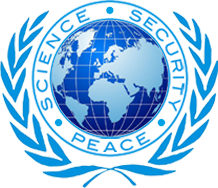The Roots of Conflict and Unrest in Afghanistan
Mohd Khalid Naseemi, M.S.
Abstract
For almost four decades, Afghanistan has been engulfed in conflict and terrorism due primarily to extremism and insurgency. The question most often asked is why terrorism and violence are escalating and why Afghanistan policies are not succeeding after 16 years of democracy.
The first reason is the structure of the Afghanistan government itself, which is plagued by corruption, ethnic division, and brutal power-sharing dynamics that undermine the government’s ability to provide national security. In addition, the country suffers from high unemployment and inflation rates. But despite these challenges, there have been impressive achievements, including new government institutions, a revolution in administrative processes, and advances in human rights. Most important has been the rise of free speech and the power of the media to hold government accountable for its actions and promises. Therefore, the first approach to tackling terrorism should be to build on these accomplishments by strengthening cooperation, bringing transparency, making the government more accountable, and promoting greater unity.
The second reason lies with the nature of terrorism and insurgency. Terrorist groups clearly have sanctuaries and finance resources outside the country, and sadly terrorism is used as state foreign policy and receives support from other countries in the region. Afghanistan is not the root and cause of terrorism but is more like a battleground for a much wider problem. In order to achieve any kind of solution to these phenomena, both regional and global cooperation is required.
This is why I believe that participation in global summits and discussions, like today’s Science and Peace conference in Kiev, is key to raising awareness and bringing about the global and regional cooperation essential to achieving long-lasting peace.

